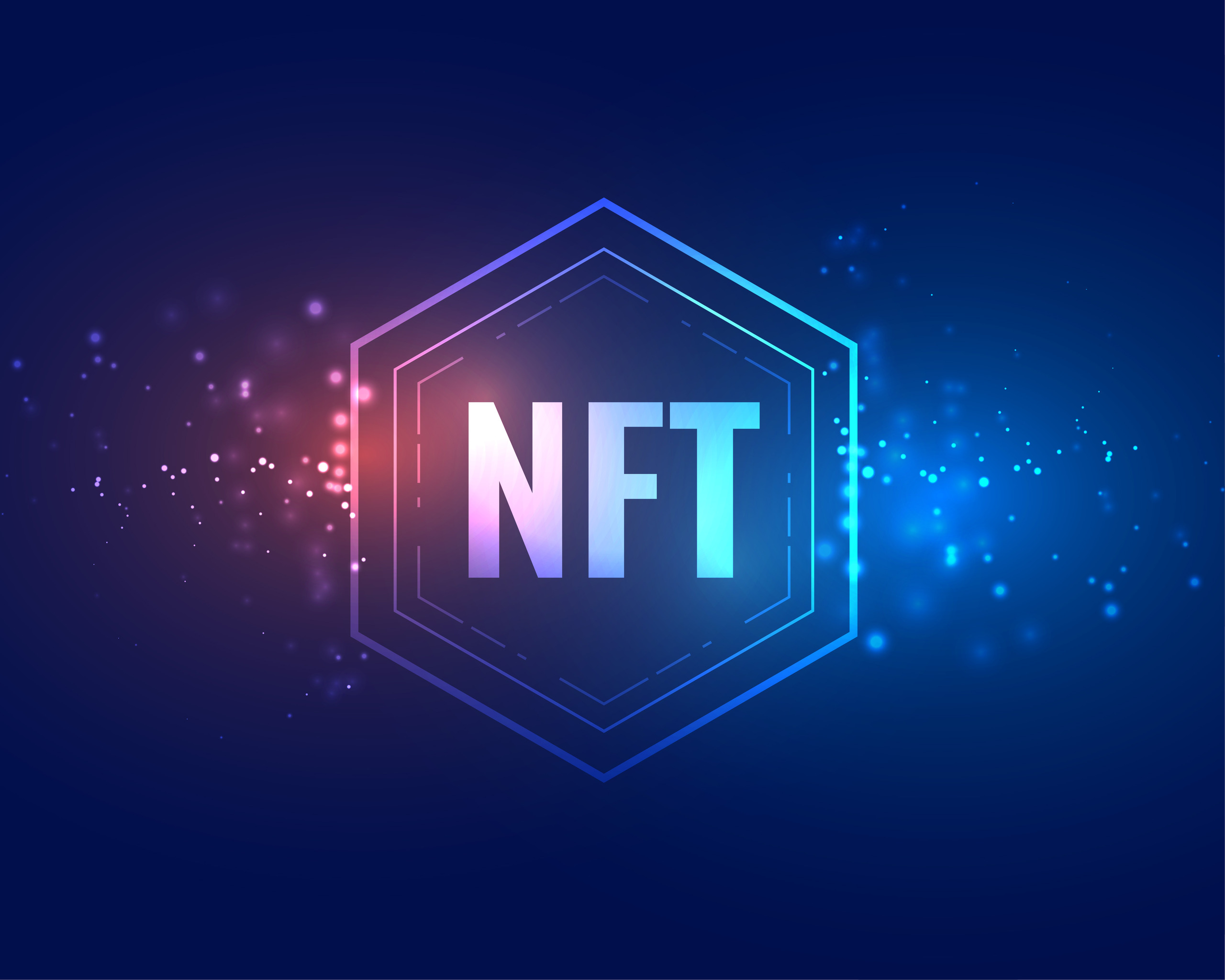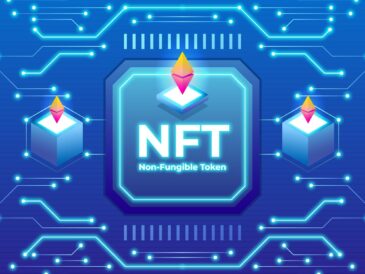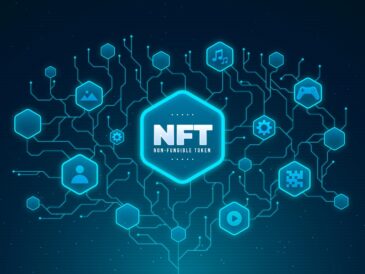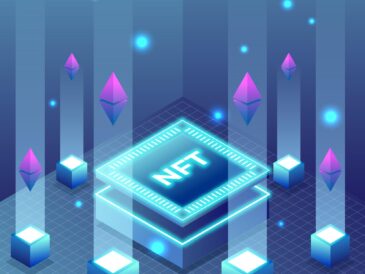The world of art and collectibles is evolving, and NFTs are at the forefront of this change. If you’re wondering what all the buzz is about, we’ve got you covered. NFTs, or Non-Fungible tokens, are cryptographic tokens that use blockchain technology to provide proof of ownership and authenticity for digital assets such as artwork, music, and more.
In this blog, we will delve deeper into the concept of NFTs, their functionality, how to invest in them, the unique characteristics that make them stand out from other digital assets, and their impact on the world of art and collectibles. So buckle up and get ready for an exciting ride!
Understanding The Concept Of NFTs
With the rise of NFTs, a new concept has emerged in digital art and collectibles. NFTs, or non-fungible tokens, are unique digital assets that are stored on the blockchain. They provide proof of ownership and authenticity for digital art and collectibles, ensuring transparency and security through the use of smart contracts.
NFTs have revolutionized the way we buy, sell, and own digital assets, allowing creators to tokenize and monetize their digital creations. This has led to their increased popularity in recent years. As NFTs continue to gain traction, understanding their concept is crucial. They are not just digital files; they represent ownership of digital assets. NFTs can potentially reshape the art and collectibles industry and even extend their functionality to other fields.
The concept of NFTs opens up new possibilities for creators, investors, and collectors alike, paving the way for a future where digital assets hold as much value as physical artwork.
Are NFTs and Cryptocurrencies The Same?
While both NFTs and cryptocurrency are built on blockchain technology, they serve different purposes. Cryptocurrency is fungible and can be used as a medium of exchange in financial transactions. On the other hand, NFTs are non-fungible and represent something unique, focusing on ownership of specific digital assets.
NFTs have gained more mainstream attention due to their connection with digital art and collectibles, while cryptocurrency is often associated with financial transactions. The rise of NFTs has been fueled by their ability to tokenize and monetize digital creations, capturing the fascination of artists and collectors alike. It’s important to note that NFTs and cryptocurrency operate on different levels within the digital landscape, each offering its own unique advantages and use cases.
The Impact Of NFTs On Digital Art And Collectibles
NFTs have opened up new avenues for artists to monetize their digital creations, revolutionizing the way they earn income from their work. These unique tokens have also challenged traditional notions of ownership and provenance in the art world.
With NFTs, collectors can now own and trade one-of-a-kind digital assets, which was previously difficult to achieve in the digital realm. The rise of NFTs has generated significant media attention and public interest, bringing the intersection of art and blockchain technology into the spotlight. People are beginning to recognize the cultural shift that NFTs have sparked in how we perceive and value digital art and collectibles. The impact of NFTs on the art market cannot be ignored.
Case Studies: Successful NFTs In Art And Collectibles
Beeple’s remarkable $69 million NFT sale demonstrated the legitimacy of selling digital art through non-fungible tokens. Another successful example is NBA Top Shot, an NFT platform that allows basketball fans to own officially licensed digital collectibles featuring iconic moments from the sport’s history.
Cryptopunks, with their pixelated 8-bit-style characters, have become highly sought-after in the NFT world, with some selling for millions of dollars. Additionally, musician Grimes held an NFT auction where she sold a variety of digital art pieces, including music videos and visual art, totaling nearly $6 million.
This showcases the growing potential of NFTs in the music industry. Looking to the future, NFTs have the potential to revolutionize how we collect and trade digital goods by enabling the verification of ownership and authenticity. The NFT market continues to expand, providing exciting opportunities for artists, collectors, and enthusiasts alike.
Potential Benefits Of NFTs In Different Fields
NFTs have the potential to revolutionize various fields by offering unique solutions and opportunities. In the realm of physical assets, NFTs can be utilized to establish ownership and verify the authenticity of valuable items like artwork or real estate. The music industry can also benefit from NFTs, as artists can explore new revenue streams by selling limited-edition digital albums or concert tickets.
Gaming enthusiasts can find value in NFTs too, as they allow for the creation and trading of unique in-game items. Furthermore, NFTs offer a way to protect intellectual property rights, ensuring that creators are properly compensated for their work.
Additionally, ticketing industries can greatly benefit from NFTs, eliminating issues like scalping and guaranteeing fair distribution of tickets. The potential uses of NFTs in different fields are vast and promising, opening up exciting possibilities for innovation and growth.
Are NFTs Trasforming The Digital World?
NFTs are revolutionizing the digital world by redefining ownership and value. With the use of blockchain technology, NFT transactions are transparent and secure. Artists benefit from direct connections with their audience, bypassing intermediaries. However, concerns about the environmental impact of NFTs and discussions on democratization persist.
What Does The Future Hold For NFT?
The future of NFTs is bright, as industries continue to embrace this technology. Artists can benefit from greater control and revenue over their works, while other sectors like gaming and fashion can explore unique digital assets. With blockchain’s rise, NFTs may become a mainstream means of exchanging value.
The Final Say
NFTs have revolutionized the digital art and collectibles industries. They provide a unique way for artists to monetize their work and for collectors to own exclusive digital assets. With the rise of blockchain technology, NFTs offer transparency, security, and authenticity that traditional digital files lack.
The value and potential of NFTs extend beyond art and collectibles, with applications in gaming, music, virtual real estate, and more. While there are copyright concerns and environmental considerations associated with NFTs, they have undoubtedly disrupted the digital world and opened up new possibilities for creators and enthusiasts alike. As the technology continues to evolve, we can expect to see even more innovative uses of NFTs in various industries




